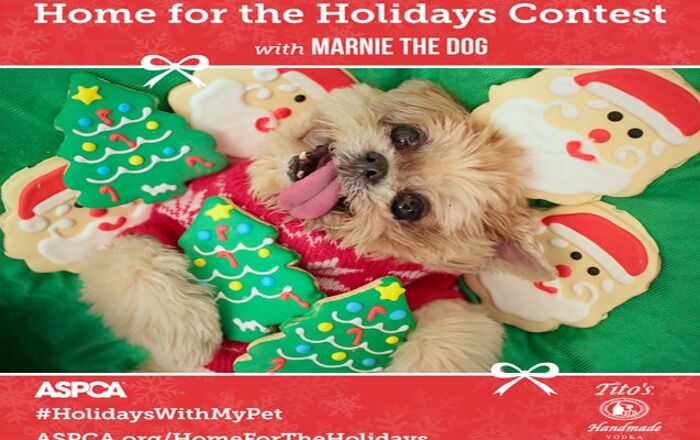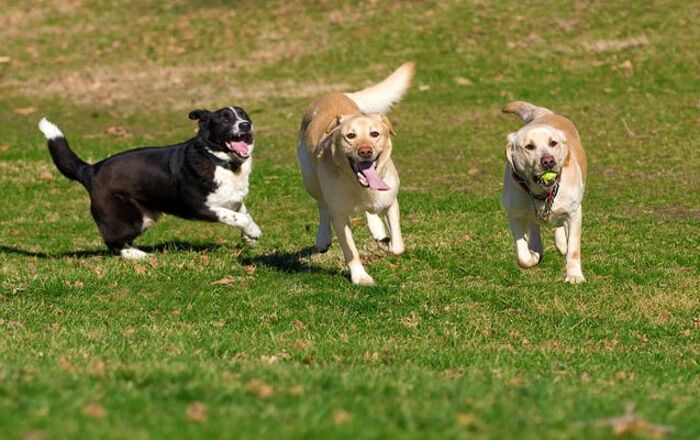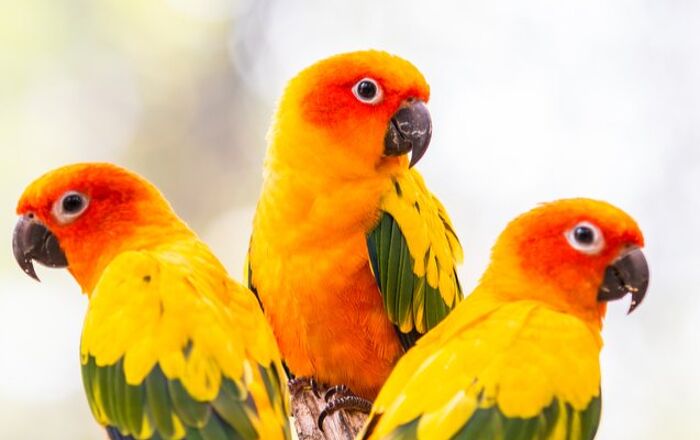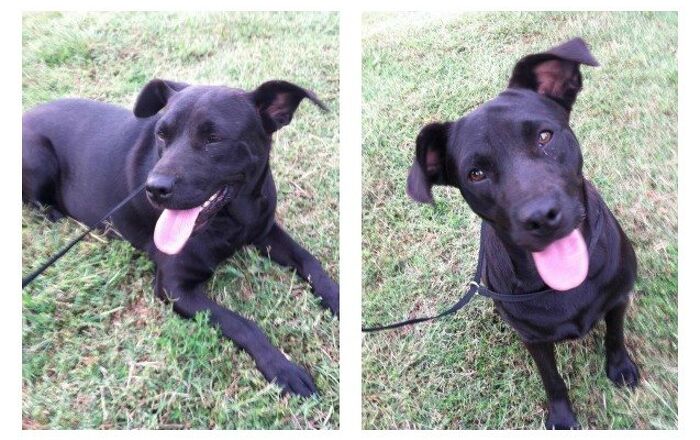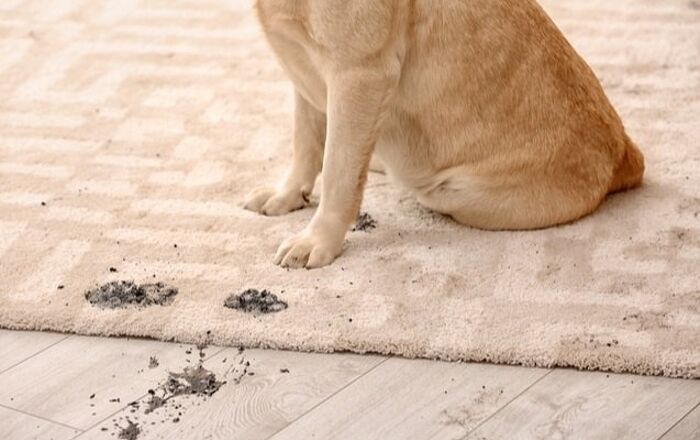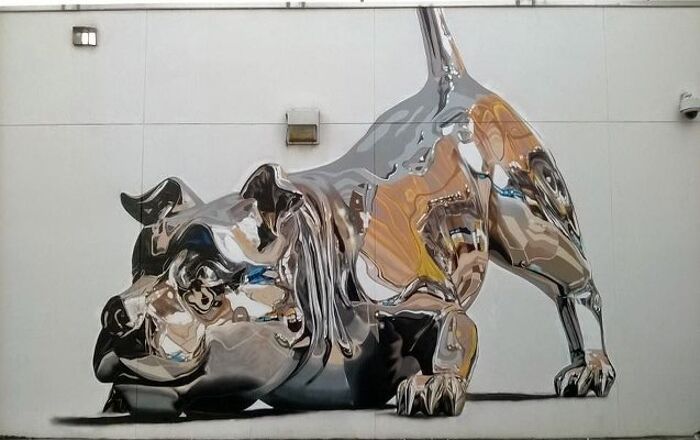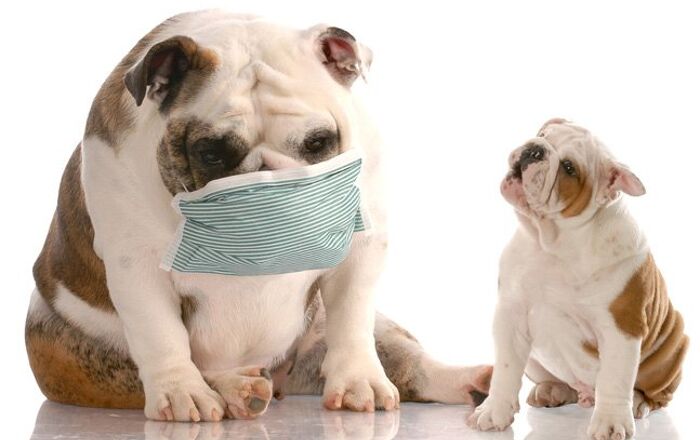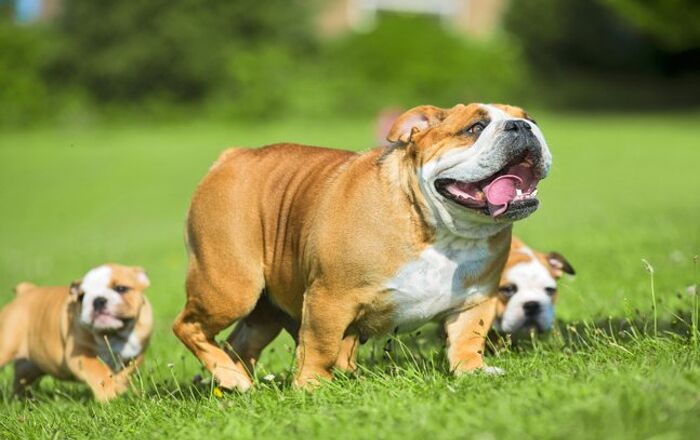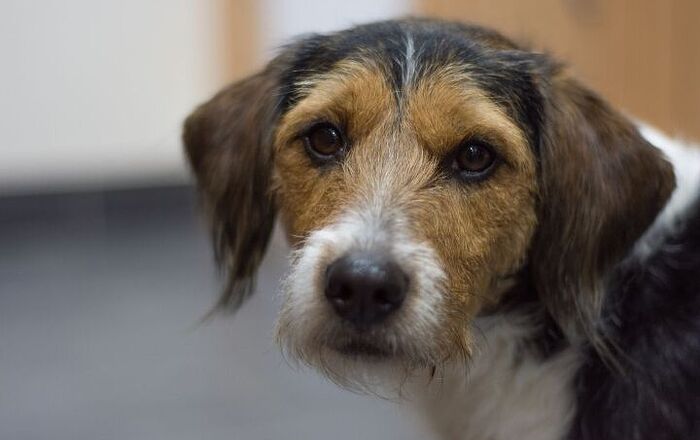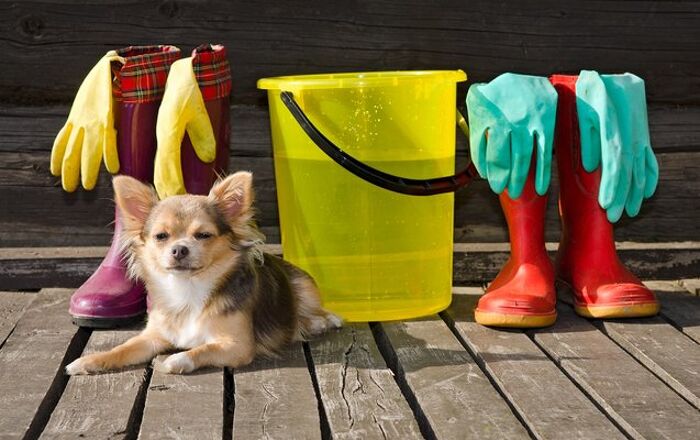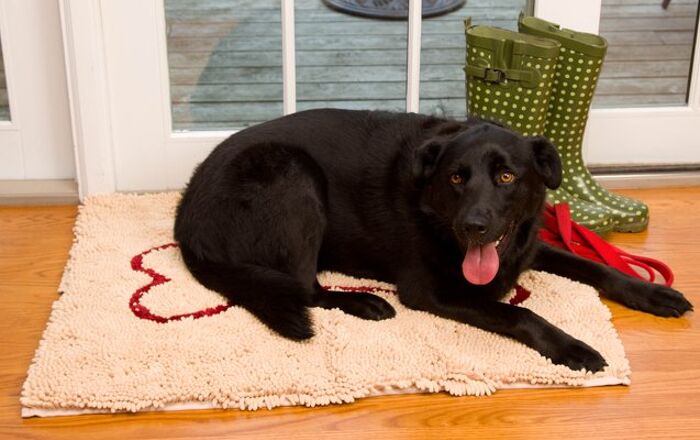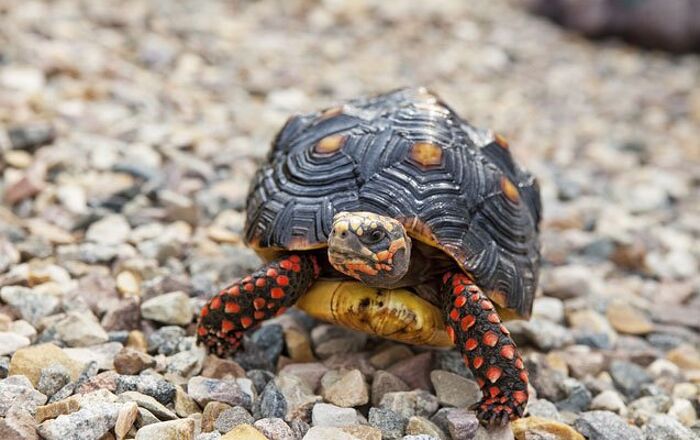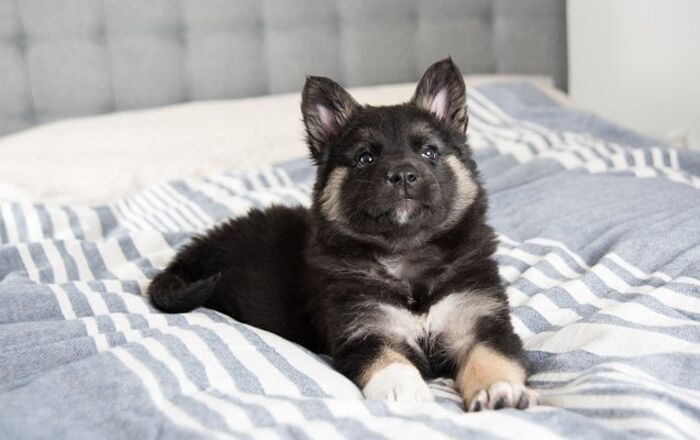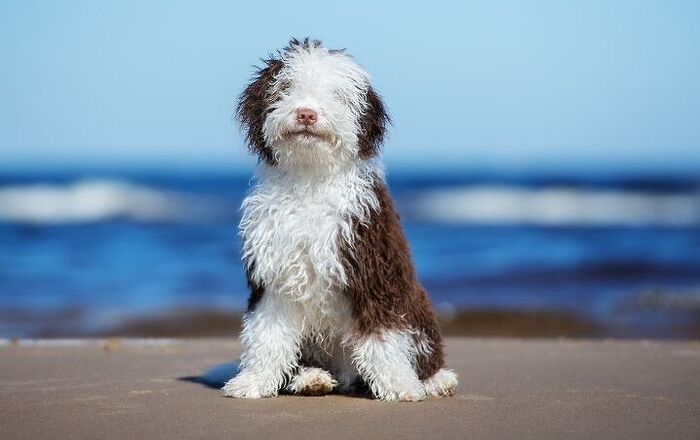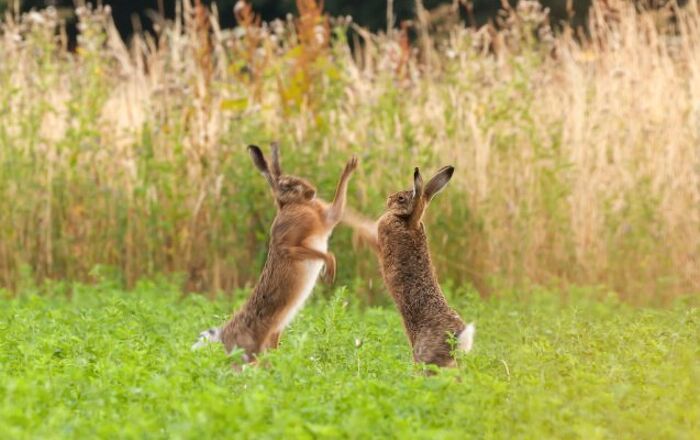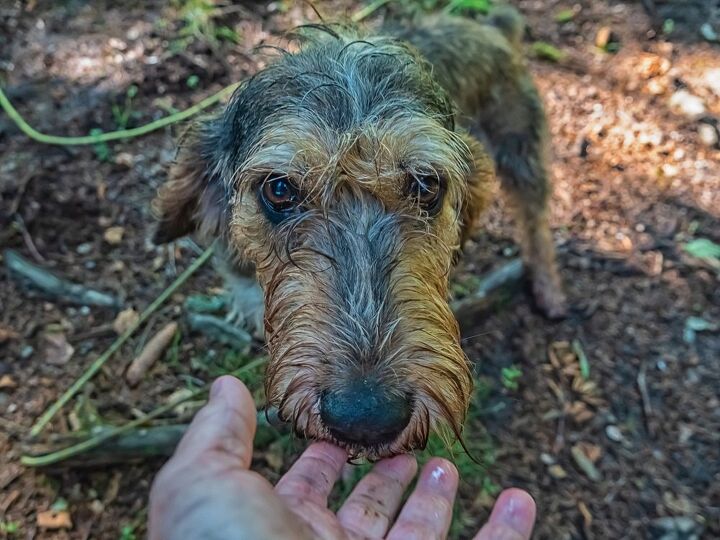
Griffon Nivernais Basics
Known for his versatility, the Griffon Nivernais is just as talented in tracking down small game as he is coursing larger game. This breed was developed as a scenthound in France and he is named for the region from which he hails. If you’re looking for a talented hunting dog and don’t mind a challenge when it comes to training, the Griffon Nivernais may just be the dog for you.
The Griffon Nivernais is just as talented in tracking down small game as he is coursing larger game.
Origin
The Griffon Nivernais was developed in hopes of creating a look-alike for hunting dogs from the Middle Ages that were used to take down wild boar and wolves. Though the original type all but vanished during the revolution in France, fans of the breed revived it during the 1920s by combining the Grand Griffon Vendeen with various Otterhounds and Foxhounds. The breed has yet to receive official recognition by the AKC but it is recognized by both the FCI and the UKC.
Pedigree
The Griffon Nivernais is a revival of an older breed, accomplished by crossing the Grand Griffon Vendeen with Otterhounds and Foxhounds.
Food/Diet
As a medium-sized dog, the Griffon Nivernais should be fed a high-quality dry food formulated for adult dogs. Protein is very important for this breed to help him maintain lean muscle mass and fat should be limited to prevent obesity. The Griffon Nivernais is primarily a working breed, so he may do well on an active or working breed formula as long as you are careful about overfeeding to prevent obesity.
As a hunting breed, the Griffon Nivernais was developed to work.
Training
As a hunting breed, the Griffon Nivernais was developed to work. Unfortunately, it has a stubborn and independent nature that can be difficult for inexperienced dog owners to tackle. These dogs are by no means aggressive, but they do require a lot of socialization and training from an early age. This breed generally does well with other dogs, however, and they can get along with cats as well. Positive reinforcement is the best type of training for this breed but you should be prepared to continue training throughout the dog’s life.
Weight
The Griffon Nivernais is a medium-sized dog, standing between 18 and 22 inches tall and weighing 50 to 55 pounds at maturity.
Temperament/Behavior
The Griffon Nivernais is by no means an aggressive dog, but he can certainly be difficult to handle sometimes. These dogs have a tendency to bark and they are known for being obstinate, even stubborn at times. This breed gets along well with other dogs and can learn to live with cats, though he probably isn’t the best choice for families with young children. The Griffon Nivernais has high needs for exercise and he does best when given a job to do. If he becomes bored, he is likely to develop destructive behaviors.
Common Health Problems
Though the Griffon Nivernais isn’t known for having any specific health problems, all dogs are prone to certain issues. This breed may have eye problems like progressive retinal atrophy and may also be prone to musculoskeletal issues like hip dysplasia. When used for hunting, the Griffon Nivernais may also be at-risk for field injuries.
Life Expectancy
The average lifespan for the Griffon Nivernais is thought to be about 10 to 14 years which is about average for a breed of its size.
Exercise Requirements
As a hunting breed, the Griffon Nivernais has very high needs for exercise. This breed doesn’t tend to be hyperactive, but he may require more than a single daily walk. These dogs will appreciate having outdoor space in which to run and they will enjoy opportunities to follow a scent outside.
The Griffon Nivernais has high needs for exercise and he does best when given a job to do.
AKC
The Griffon Nivernais is not currently recognized by the AKC but he is recognized by the FCI and the UKC. The FCI classifies him in Group 6 as a Scenthound and the UKC as a Scenthound.
Coat
The Griffon Nivernais has a very distinctive coat that largely comes from the Grand Griffon Vendeen. These dogs have a grizzled appearance, having a medium-length, coarse coat. The most common color for this breed is grey, though you may notice that the hairs start off dark at the roots and fade to a lighter shade of gray or even white at the tip. This breed does come in other colors like sable or fawn, though these are less common and tend to be blended with other colors like blue or black rather than white. Some dogs have white markings, primarily on the chest.
Puppies
The average litter size for the Griffon Nivernais breed is 1 to 6 puppies. Because these dogs are so stubborn in nature, early training and socialization for puppies is incredibly important. Positive reinforcement is the best way to go with puppies and you’ll need to maintain a firm hand in leadership throughout the dog’s life.
Photo credit: irinacapel/Shutterstock

